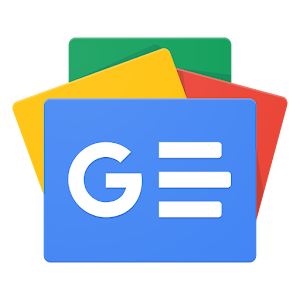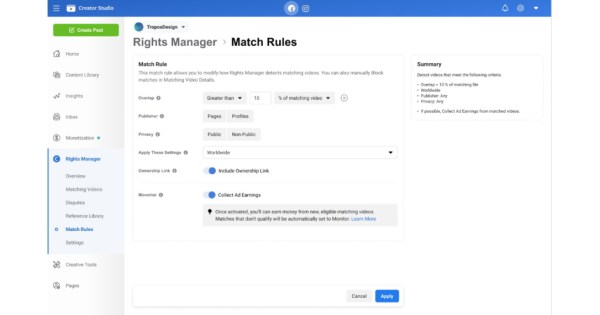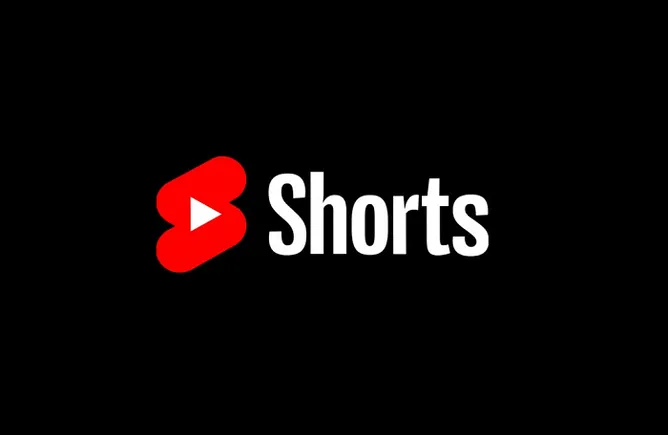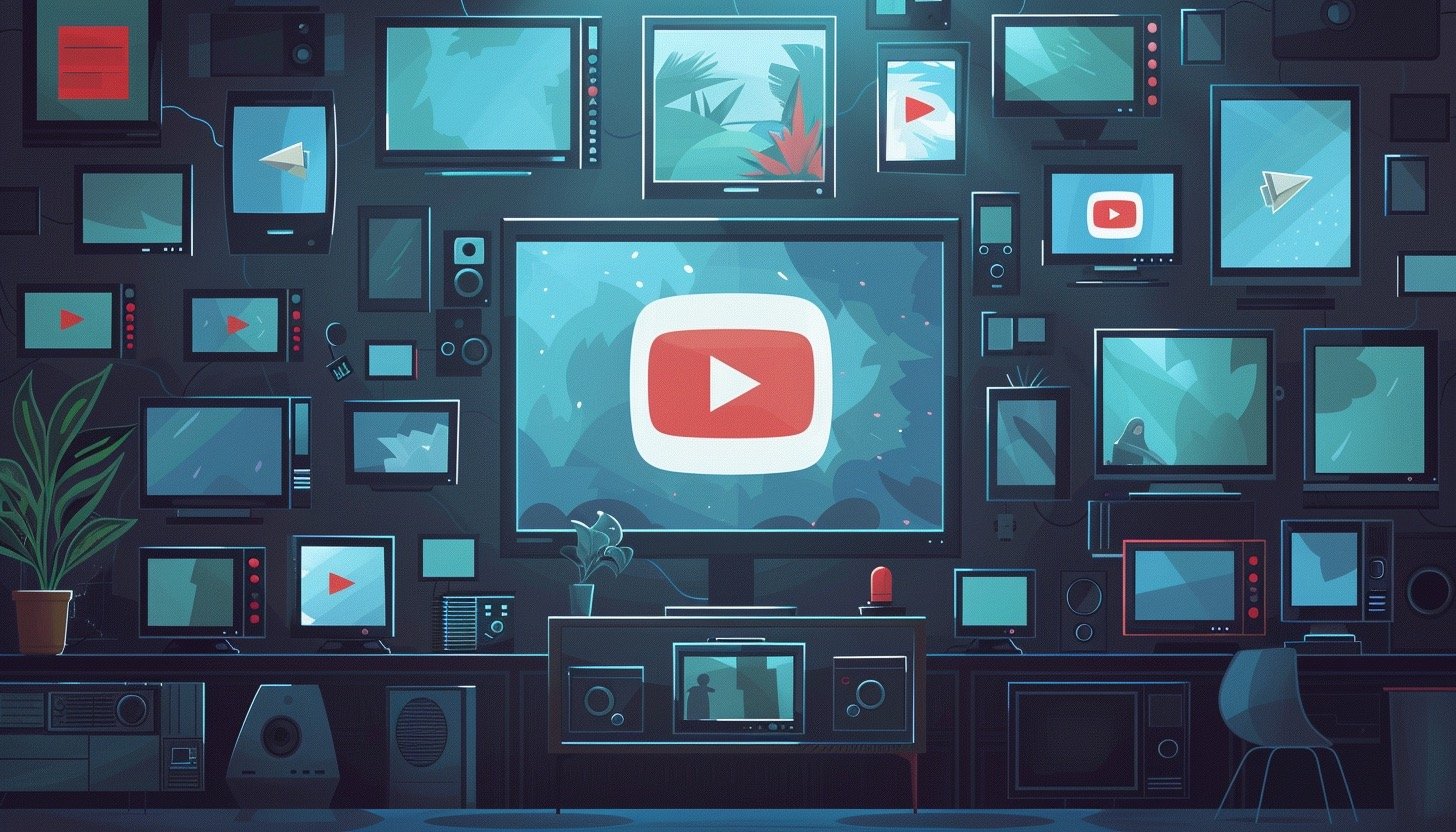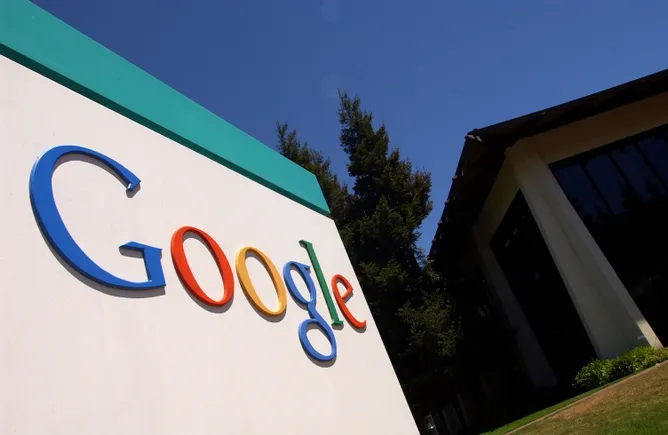You can’t scroll through your Instagram feed without seeing your favorite creators promoting products—both their own and those of other brands. Ever wonder if you could get in on the action? While top-performing celebrity accounts can fetch seven figures for a promoted post, you don’t need their millions of followers to earn money on Instagram.
Whether you’re a small business owner looking to grow your audience or a creator seeking to monetize your influence, Instagram can be a powerful platform for achieving your goals. Here’s how.
9 ways to make money on Instagram
Sponsored content
Open an online store
Design merch for your personal brand
Affiliate marketing
Social selling
Sell your photos or art online
Earn Live badges from fans
Offer paid subscriptions
Sell used stuff
Making money on Instagram isn’t always about how many followers you have. The methods that work the best for you will depend on your unique brand of Instagram content, your target audience, and your level of commitment.
1. Sponsored content
Sponsored content is a win-win for small businesses and creators alike: Brands often can’t replicate the authenticity of a real person sharing real moments. But they can cash in on this influence by partnering with creators who have audiences that overlap with their target customer. Meanwhile, influencers get paid to create content.
For these collaborations to be mutually beneficial, they need to feel authentic. “A lot of brands like to work with creators who are already fans of their products,” social media consultant and author of the newsletter Link in Bio Rachel Karten says. Rachel suggests creators reach out to their favorite brands to pitch a partnership.
“A recurring style or series that brands could then plug into is a really nice way to partner with brands,” she says. Alix Earle’s Instagram is a good example of this. “Everyone watches her ‘get ready with me.’ That’s a very easy place for a makeup brand to plug themselves into,” Rachel says. “Her audience looks forward to those specific videos.”
When pitching a brand, explain your audience’s characteristics and how the product will fit into one of your proven formats. Try listing your details on influencer marketplaces like Shopify Collabs to signal to brands that you’re open to collaboration.
If you’re a small business owner looking to partner with creators, consider how you might suggest an existing format of theirs that could work well for your product; don’t push them to create content that is unfamiliar to their fans.
Get paid by brands you love with Shopify Collabs
Shopify Collabs makes it easy to find brands that match your vibe, build affiliate relationships, get paid for what you sell, and track everything in one place.
Find out more
Keep in mind that no matter how authentic your collaboration feels, Instagram rules require all branded content (“content that features or is influenced by a business partner for an exchange of value”) include its paid partnership label.
2. Open an online store
If you have an online store, you’re probably already using Instagram to promote and sell your products. But if you’re a creator, you might also consider leveraging your influence to sell products.
Physical goods, services, or digital items can be promoted on Instagram as an extension of a creator’s brand. Use your content to demonstrate how a product offers value to your audience, then use Instagram’s selling tools to give your followers an easy way to check out.
The lines between creator and entrepreneur are blurring, with more people looking to own their independence and make money from their craft. For example, pet influencer Loki the Wolfdog turned Instagram success into his own brand, Loki Naturals.
A few options for selling products and services online include the following:
Sell services you clearly excel at—such as photography or social media consulting—by directing Instagram users to your professional website.
Offer digital products such as an online course, sounds, ebooks, or design presets.
Use dropshipping to sell products without having to manage inventory and shipping.
3. Design merch for your personal brand
“The ability for [creators] to sell products is just so natural, because their abundance of content allows them to have those moments of plugging their products,” says Chris Vaccarino, founder of Fanjoy, a business helping creators easily produce and sell merchandise to fans.
This method means you don’t have to create a separate brand and products from scratch. You simply need to come up with relevant designs and print them on merchandise like mugs, t-shirts, and art prints.
Color Me Courtney sells branded merch to her fans using Fanjoy. Fanjoy
There are a few ways to make and sell your own merch:
White-label existing products with your personal branding. These should be products that relate to your brand or content. Think branded resistance bands for fitness influencers.
If you’re crafty, you might enjoy making your own merch, such as by silkscreening t-shirts with your designs.
4. Affiliate marketing
An affiliate marketer is a creator or publisher that promotes brands and products, receiving a commission every time a click becomes a sale. Brands provide a trackable link or unique promo code to attribute links to a creator. Whereas influencers often receive a flat fee for exposure, affiliates make money only when their efforts contribute to a sale.
An affiliate program is a system set up by brands to manage the details of their affiliate relationships with Instagram creators/users. If you’re a creator, approach brands with affiliate programs directly or try popular affiliate marketplaces like the following:
Rakuten Advertising is a popular affiliate network with carefully vetted advertisers and a weekly payment structure.
LTK is an invitation-only fashion and lifestyle influencer network that offers access to more than 5,000 brands.
Amazon Associates is a popular option that pays a 10% commission on qualifying sales.
To promote your affiliate brands, use a mix of links in your Instagram bio, in Instagram Stories, and on your link-in-bio page (this way you can promote several brands). You can also share promo codes in post captions (because links aren’t allowed) to create more opportunities to capture sales.
Instagram fitness influencer Caullen Hudson promotes multiple brands, such as MVMT, in his content, pushing Instagram users to his link-in-bio page, where his affiliate links live.
5. Social selling
Instagram has evolved from a way to find out about new products into a platform for actually purchasing those products. Features like Instagram Shopping tags, which are tapped by more than 130 million people every month, allow users to move instantly from product inspiration to product information.
If you have a Shopify store, you can use the Facebook & Instagram app to sync your inventory and customer data between Shopify and Instagram, managing Instagram orders directly from your Shopify admin.
Apparel brand Miracle Eye has a standalone website, but it also uses an Instagram shop to give fans one-tap access to its collections.
You can customize your shop by creating collections or curating products into themes or gifting occasions. Think: new arrivals, gifts for Mom, holiday decorating, summer fun, etc.
Your Instagram shop is a mini version of your online store that includes product images, pricing, and descriptions similar to your website. Here, Instagram users have the option to buy directly on the platform.
Followers can buy your products throughout Instagram, thanks to features like:
Shoppable posts and Stories. Use product tags to showcase items from your catalog in videos and images. (You can do this directly from your Shopify Admin.)
Ads with Shopping tags. Sync your Shopify Admin with the Meta Ads Manager to create shoppable posts or boost existing Instagram posts.
Live shopping. To use Instagram live shopping, go live and tag products from your brand that you feature in your broadcast. The products will appear at the bottom of the screen, where live viewers can tap to purchase.
Open your store on Instagram
Shopify comes with powerful tools that help you list, promote, and sell products on Instagram. Create product collections, showcase your brand and products, and make sales on Instagram from one place.
Find out more
6. Sell your photos or art online
While video and other features increase in popularity, at its core, Instagram is a photo-sharing app. That makes it a great place for artists and photographers alike to monetize their Instagram account by selling prints and originals.
There are a few ways to do this:
Use a photo selling marketplace like 500px and link your pages in your bio.
Sell these items directly on Instagram using Instagram Shopping features.
License your work on stock image sites and drive businesses to your work using Instagram.
Use a print-on-demand service like Printful and Teelaunch to print photos or art on items like totes, mugs, and t-shirts. Promote these in your Instagram content.
Artist Adam Spychala uses his Instagram account to push followers to his online store, where he sells prints of his work.
7. Earn Live badges from fans
Instagram Live badges are like tips you receive from your fans for creating value and producing the content they love. If you’re familiar with tip-based features on Twitch and TikTok, you’re all set to start making money on Instagram just by being you.
During a livestream on Instagram, viewers can purchase badges (icons of varying monetary value) that pay the creator directly and unlock features for the viewer. Instagram users can buy badges in increments of 99¢, $1.99, and $4.99 to support a creator’s work.
You can also earn money from Reels via Instagram Gifts. Viewers purchase stars to gift creators, who then receive a monthly payout from Instagram at the rate of 1¢ per star.
8. Offer paid subscriptions
“Yes, you can do sponsored posts and you can make money specifically off of a Reel,” says Rachel. “But as a creator or a small business, I recommend thinking of [Instagram] not in terms of whether somebody’s going to buy your product or sponsor you, but in terms of awareness.”
Once your fans are hooked on your content, offer them the chance to engage with exclusive content, just for paying subscribers. Instagram’s own subscription program is open to US creators over the age of 18 who have more than 10,000 subscribers.
You can also use third-party tools like Patreon to earn money from subscriptions. Substack is another subscription option if you want to start a fans-only newsletter to accompany your Instagram page. You can even gate your online store to offer unique content for paid subscribers who sign in. These options offer you the opportunity to build your email list and own your audience outside of the platform.
Creator and astrologer Aliza Kelly promotes both her Substack subscription, The Practice, and her paid community subscription, The Constellation Club, on her popular Instagram page.
9. Sell used stuff
If you’re into fashion or home décor, consider using Instagram to sell used goods. Celebrities and micro-influencers alike use the platform to host post-decluttering closet sales.
Followers who admire your personal style may be excited about your used items, especially if you’ve featured them on your Instagram before. One way to sell on Instagram is to share available items on your Stories and ask followers to DM you to claim pieces on a first-come, first-served basis. Announce sales in advance to generate excitement.
If you’re a small business owner, you can use a similar tactic to hold virtual sample sales. Simply share images of imperfect items to your Stories for a limited-time sale.
Related article
How To Sell on Instagram + 7 Instagram Shopping Tips for 2024
Instagram Shopping is leading the way in an age of social commerce. Learn how to sell on Instagram and set up your Instagram Shop in this guide.
Factors that affect how much money you make on Instagram
Several factors determine how much money an Instagram influencer makes. Some smaller influencers with relatively low numbers can make a good living by targeting a profitable niche, such as financial products. At the other end of the spectrum, celebrity accounts can rake in multimillions for a single post.
Here are the most important factors influencing how much money a creator can make on Instagram:
Follower count
One common way to categorize Instagram influencers and their earning potential is to sort them into five tiers based on their follower count. As a general rule of thumb, influencer pricing tends to correspond with these follower numbers:
Nano-influencer: 1,000–10,000 followers ($10–$100 per post)
Micro-influencer: 10,000–50,000 followers ($100–$500 per post)
Mid-tier influencer: 50,000–500,000 followers ($500–$5,000 per post)
Macro-influencer: 500,000–1 million followers ($5,000–$10,000 per post)
Mega-influencer: 1 million+ followers ($10,000–$1 million+ per post)
Engagement rate
How often do your followers interact with your posts? An engaged follower base increases the value of your content by promoting it. They share your posts and spark discussions in comment threads, increasing the likelihood that Instagram’s algorithms will amplify your account.
Loyal followers are more likely to follow your calls to action, such as clicking on a partner affiliate link.
Affiliate marketing commission rates
The percentage commissions you receive when you persuade followers to click on affiliate links—and your overall earnings—will vary considerably, depending on your affiliate partners and the types of products you promote.
As your account grows, you can leverage your larger following to negotiate better rates.
Niche
The niche you target will have a significant impact on the amount of money you can earn per follower. If your audience consists of unique demographics that are sought after by brands or are interested in expensive products, expect to receive better partner offers.
Number of income streams
While affiliate marketing and one-off product promotions are the most common ways to monetize your account, the amount of money you make from Instagram also depends on the number of monetization streams you pursue.
Alongside these models, consider developing a product line, such as branded merchandise. Ongoing brand deals that cover a program of posts and reels can also attract higher earnings.
From first-time sellers to global retailers, Shopify works for everyone. See plans and pricing.
How to make money on Instagram FAQ
Can you get paid on Instagram?
Yes, you can get paid on Instagram. If you’re looking for how to make money on Instagram, there are several ways to do so, including:
1. Collaborating with brands on sponsored posts
2. Becoming an affiliate marketer
3. Driving traffic to your brand’s own site
4. Creating an Instagram shop
5. Selling your photos or art as prints
How many Instagram followers do you need to make money?
Creators with as little as 1,000 engaged followers can start making money by creating sponsored posts on Instagram. Rates are determined by number of followers, engagement, quality of content, name recognition, audience demographic, and skill set.
Does Instagram pay you for likes?
No, Instagram does not pay users for likes. But it does have a limited-time, invitation-only bonuses program that allows creators to earn money based on the number of plays and views your content receives. If you haven’t received an invite, don’t worry: There are many alternative (and more lucrative) ways to monetize your Instagram content, from sponsored content to affiliate marketing to subscriptions to selling your own products.
